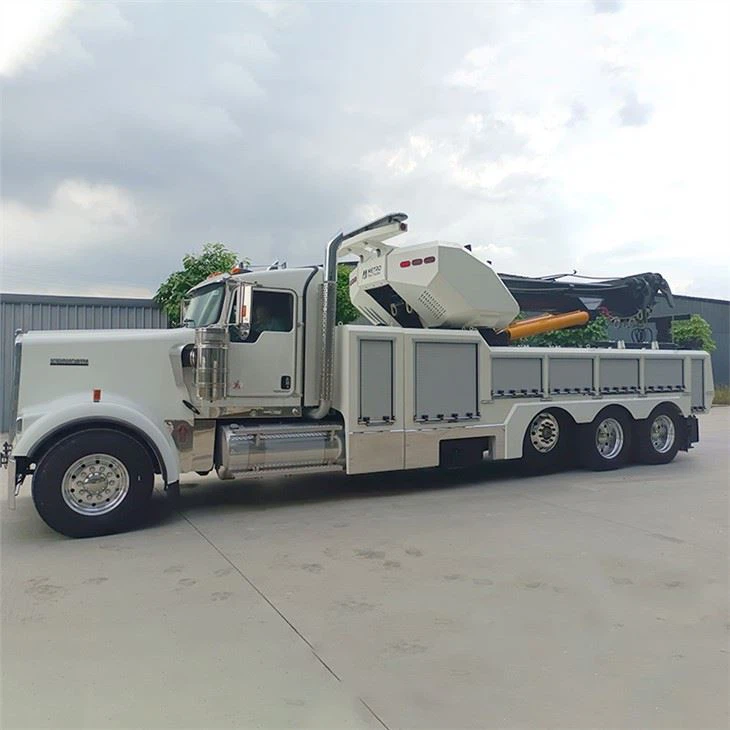Lift 240: A Comprehensive Guide to Understanding and Implementing the Lift 240 Concept

Introduction
The concept of “Lift 240” has gained traction in various fields such as fitness, engineering, and logistics. It represents a standard or benchmark across multiple applications. Whether you’re an athlete looking to enhance your performance, a project manager aiming to optimize logistics, or simply someone interested in understanding this concept, this article will provide a comprehensive overview. We will explore its significance, practical applications, examples, tips, and much more to ensure you grasp everything about Lift 240.
What is Lift 240?
Lift 240 generally refers to a lifting capacity or a performance benchmark where a load of 240 units is involved, be it in pounds, kilograms, or another measurement. In fitness, it often indicates lifting weights in a particular exercise, commonly referring to bench press or squat. In logistics, it relates to a standard weight that equipment or vehicles can handle efficiently. Understanding the origins and applications of Lift 240 can clarify its importance in different domains.
History and Evolution of Lift 240
The term “Lift 240” started gaining popularity within the fitness community as athletes sought to quantify their strength and progress. With the emergence of strength training programs and fitness tracking, benchmarks like Lift 240 provided tangible goals for individuals. Over the years, its applications have expanded to other industries, showcasing its versatility.

The Importance of Lift 240 in Fitness
Understanding Weightlifting Standards
In the realm of fitness, Lift 240 serves as a standardized benchmark for intermediate to advanced lifters. Understanding where you stand in relation to this benchmark can inform training regimens and progress tracking.
Benefits of Setting a Lift 240 Goal
- Motivation: Having a specific target encourages consistent training.
- Progress Tracking: Helps measure strength development over time.
- Injury Prevention: Provides benchmarks for assessing lifting technique and form.
Common Exercises Associated with Lift 240
Lift 240 is typically referenced in exercises such as:
- Bench Press
- Deadlift
- Squat
Example Weightlifting Routine to Achieve Lift 240
| Exercise | Reps | Sets | Rest (minutes) |
|---|---|---|---|
| Bench Press | 8 | 3 | 2 |
| Deadlift | 6 | 4 | 3 |
| Squat | 8 | 3 | 2 |
Lift 240 in Engineering and Logistics
What Does Lift 240 Mean in Engineering?
In engineering terms, Lift 240 could refer to the load-bearing capacity of machines, cranes, or vehicles. Understanding this benchmark ensures that designs meet safety and efficiency standards.
Applications of Lift 240 in Engineering

- Cranes: Knowing the lifting capacity helps in selecting appropriate cranes for construction projects.
- Forklifts: Ensures safe lifting of goods in warehouses without exceeding device limitations.
Logistical Challenges with Lift 240
Managing weight distribution and lift limits is crucial in logistical operations. Exceeding the Lift 240 standard can lead to:
- Equipment Damage
- Safety Risks
- Poor Operational Efficiency
Strategies for Managing Lift 240 Standards
| Strategy | Description |
|---|---|
| Proper Training | Training staff to understand lifting capacities and equipment limitations. |
| Regular Maintenance | Ensuring all equipment is in optimal condition to handle required lifts. |
| Weight Distribution Planning | Carefully planning the load to prevent exceeding the Lift 240 standard. |
Tips for Achieving Lift 240 in Different Fields
Fitness Tips
To successfully achieve and surpass Lift 240 in your fitness journey, consider the following:
- Consistent Training: Regularly incorporate strength training in your routine.
- Track Your Progress: Use journals or apps to record your lifting stats.
- Work on Technique: Ensure proper form to prevent injuries.
Engineering and Logistics Tips
For professionals in engineering and logistics aiming to adhere to Lift 240 standards, keep these tips in mind:
- Use Load Sensors: Implement technology that monitors lifting weights in real-time.
- Conduct Regular Audits: Ensure compliance with Lift 240 standards across all operations.
- Implement Training Programs: Equip your team with the knowledge to safely handle weights.
Real-Life Examples of Lift 240 in Action
Case Study: Gym Achievement
A local gym set a challenge for members to reach a collective Lift 240 in deadlifts. Over a three-month period, support and encouragement led to numerous members surpassing this goal, fostering a sense of community.
Case Study: Engineering Project

An engineering firm took on a skyscraper project and used Lift 240 as the standard for their cranes. By adhering to this standard, they managed to complete the project safely while keeping within budget.
Frequently Asked Questions (FAQ)
1. What does Lift 240 represent in fitness?
In fitness, Lift 240 typically refers to lifting 240 pounds or kilograms in strength training exercises such as the bench press, squat, or deadlift.
2. How can I train to reach Lift 240?
Consistent strength training, proper technique, and tracking your progress are key strategies to reach Lift 240.
3. Is Lift 240 applicable to non-fitness areas?
Yes, Lift 240 is relevant in engineering and logistics for assessing load capacities and safety limits of equipment and vehicles.
4. What are the risks of exceeding Lift 240 limits?
Exceeding Lift 240 can lead to equipment failure, safety risks, and inefficient operations in both fitness and logistics environments.
5. How can I ensure I’m lifting safely?
Prioritize proper form, use the appropriate weights, and consult with a trainer or coach to assess your lifting technique.
6. Can I track my progress towards Lift 240?
Absolutely. Keeping a training journal or using fitness apps can help you monitor your progress towards Lift 240 goals effectively.
